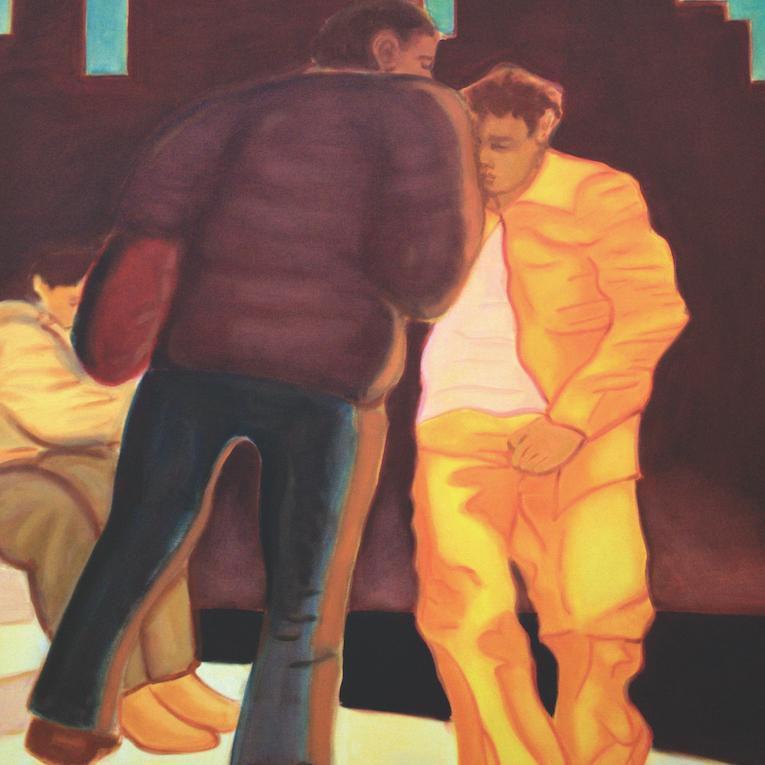Grappling With The Ineffable
In his latest of three large scale installations, Dane Mitchell continues to explore what is beyond our understanding.
Words: Zara Stanhope
Constantly pushing the conceptual nature of sculpture, Dane Mitchell challenges what this medium can mean by taking it to the edges of visibility. While also working in a range of other forms including sound and image, his object-based and installation works deserve considered engagement for the layers of research that lie behind their seemingly light- ness of materiality. While disembodied, they investigate what art can in-body and embody. His new body of work, Unknown affinities, typifies the outward characteristics of Mitchell’s recent installations; challenging the ways knowledge is held by institutions and making present aspects of obscure immaterial worlds in order to provoke questions about what we think we see and know.
Unknown affinities is the latest of three recent large installations and site-specific projects which have arisen from Mitchell’s research into how industry and institutions are implicated within the planetary, cultural and social changes arising from neoliberal extractavism. The most expansive of these installations was his work Post hoc at the 2019 58th Venice Biennale, which emitted readings of lists of extinct, lost, destroyed and invisible things and phenomena from five sites across that city. The hundreds of thousands of named items across a multitude of subjects such as submerged atolls, failed utopias, dead languages and disappeared sounds played over the duration of the Biennale signalling millennia of human and non-human destruction and loss. The fact that the recordings were played from industrially produced replicas of pine trees made in China as cell phone network towers afforded an additional layer of tragic pathos to the work. This sense of playfulness around something familiar yet uncanny found in Post hoc and other works activates curiosity.
Part of Scape Public Art Season 2020: Secrets and Lies 2020 in Ōtautahi, Aotearoa, Mitchell’s Lacuna also took up the question of our relations to more-than-human nature. Scattered among a vast, vacant 19th century civic building, museum-style mounts were proposed as a stand to hold a mammoth among other animals and objects. Except here, the museum and the exhibits are both missing, possibly known only to the imagination or memory, in this now dystopian scenario. Lacuna requests of the viewer: how can we account for the systematic failures that got us here?
This article was originally published in Art Collector issue 101, July-September 2022.









